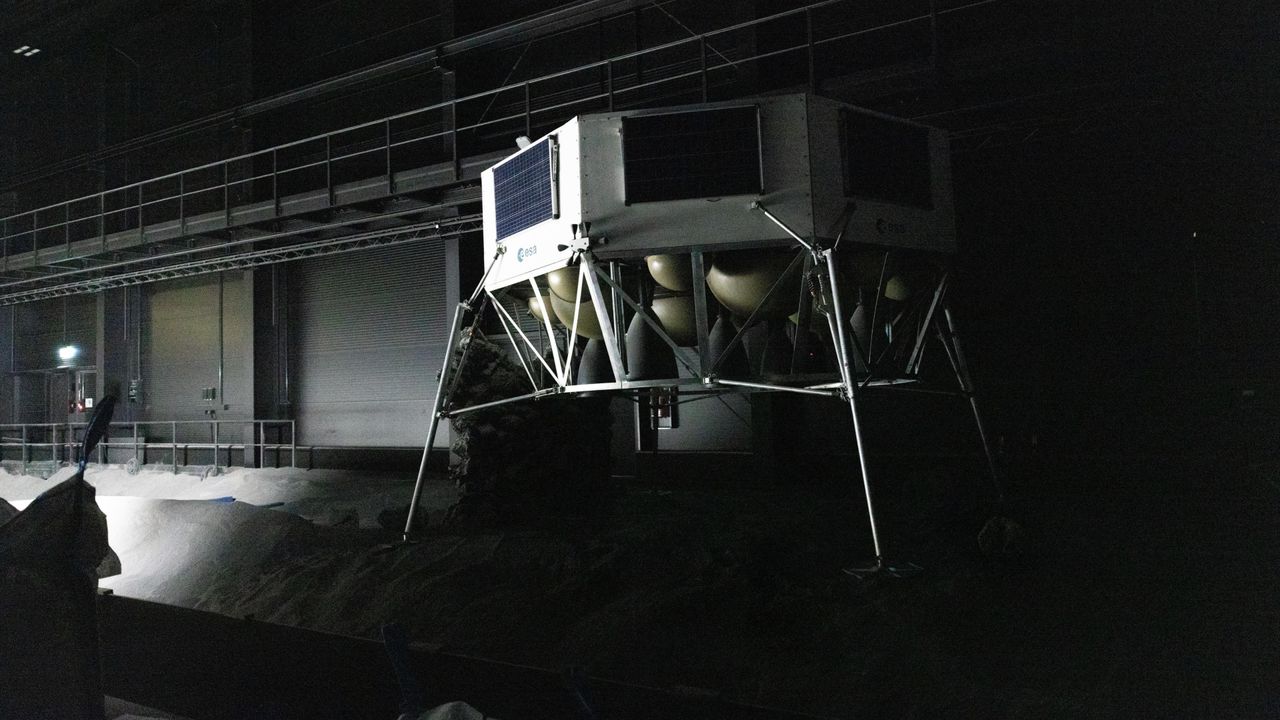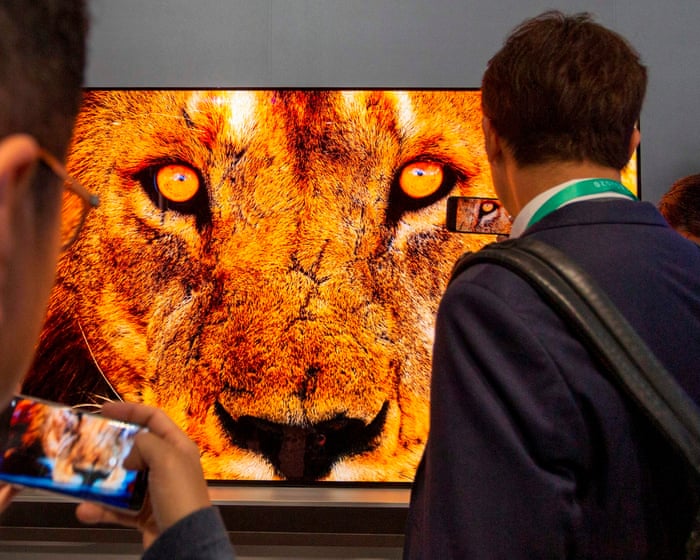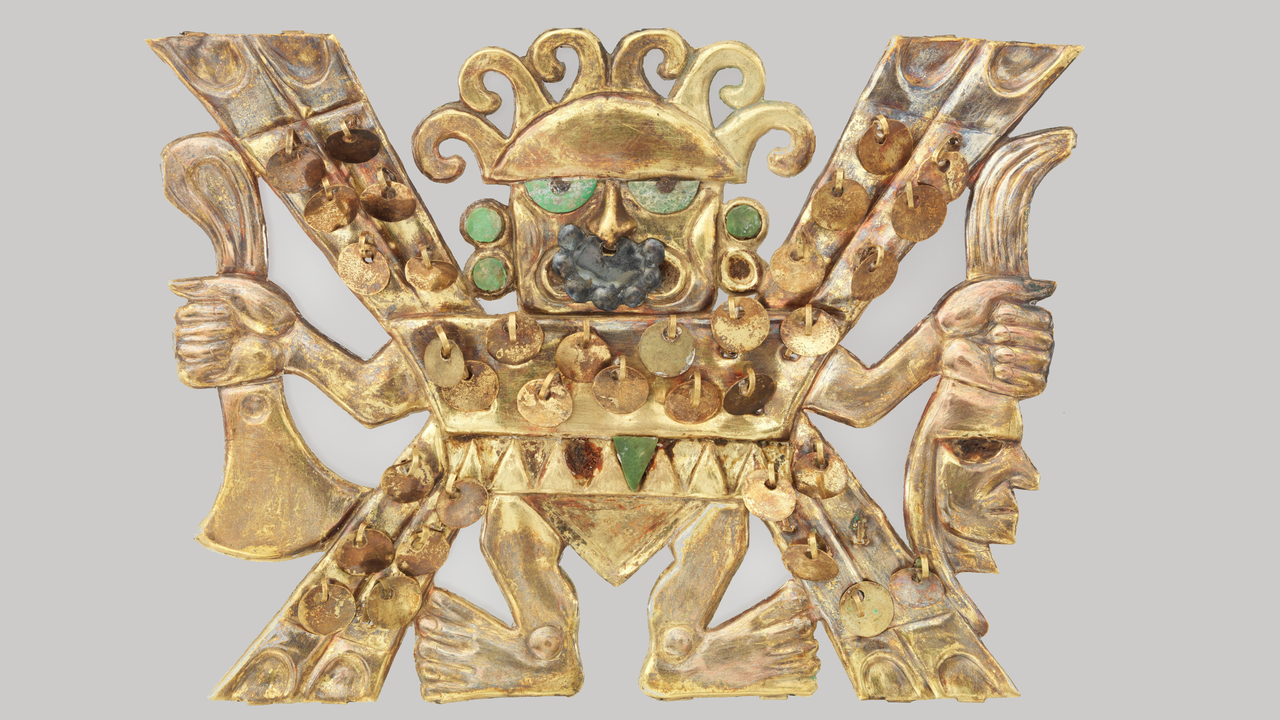In Ancient Spain, a Nail Through the Skull Could Mean Enmity, or Honor
NeutralScience
A recent study reveals that the display of skulls in ancient Spain served dual purposes: as a warning to enemies and as a celebration of honor among comrades. This fascinating insight into historical practices not only sheds light on the cultural significance of such displays but also prompts us to reflect on how societies have historically dealt with conflict and valor.
— Curated by the World Pulse Now AI Editorial System





